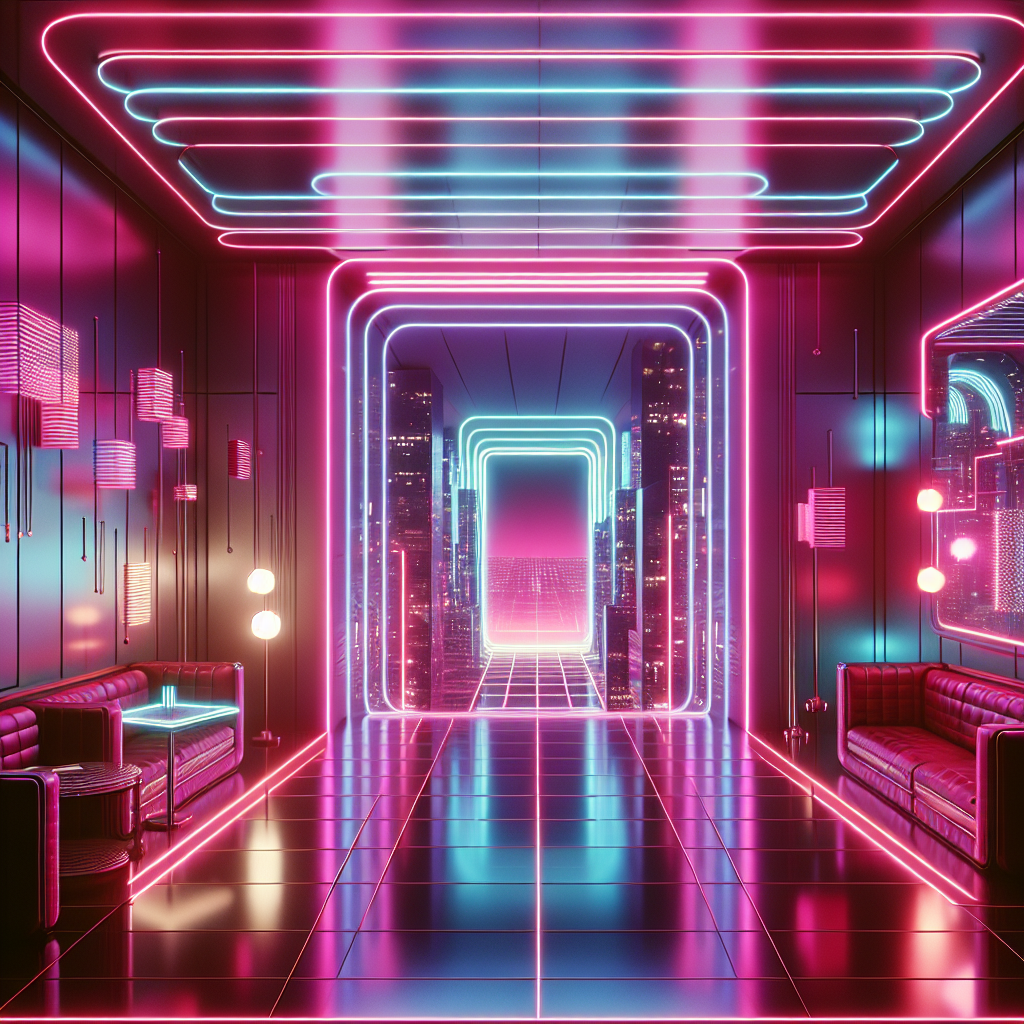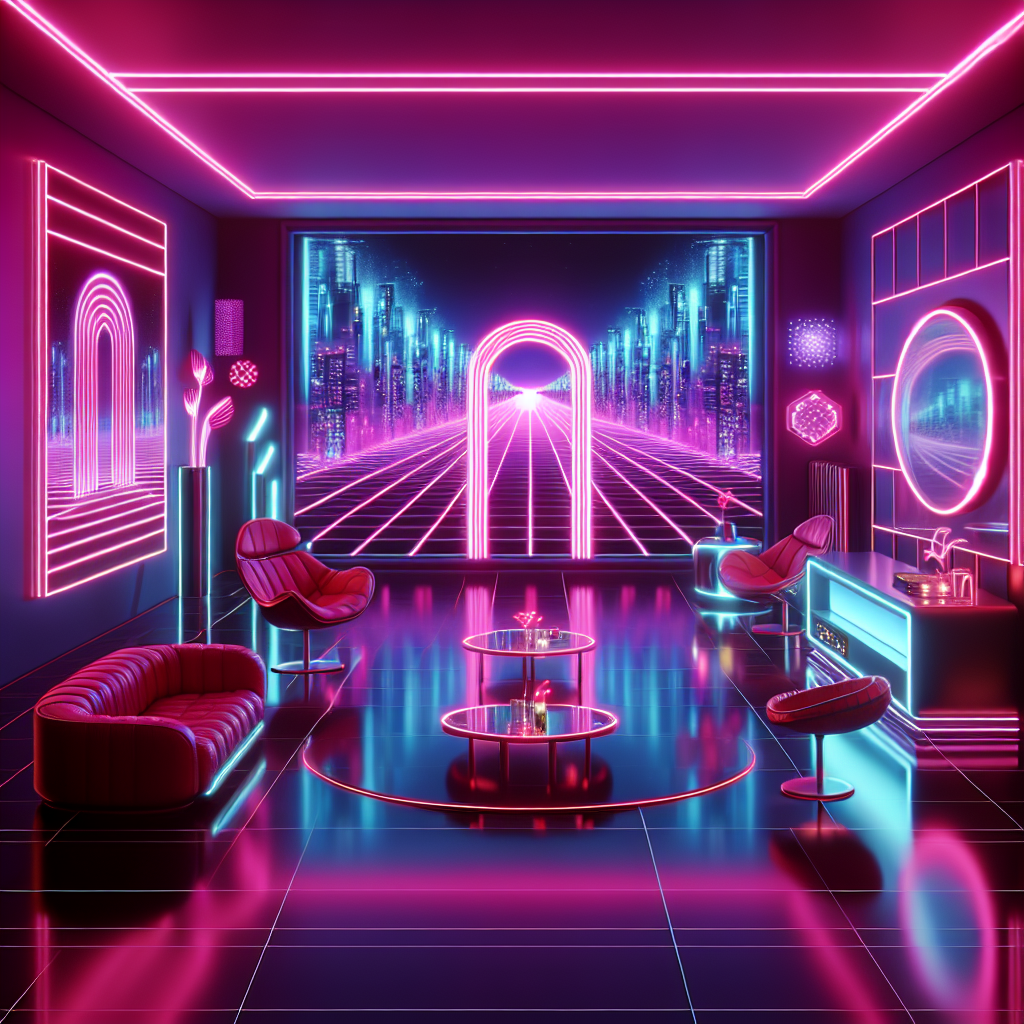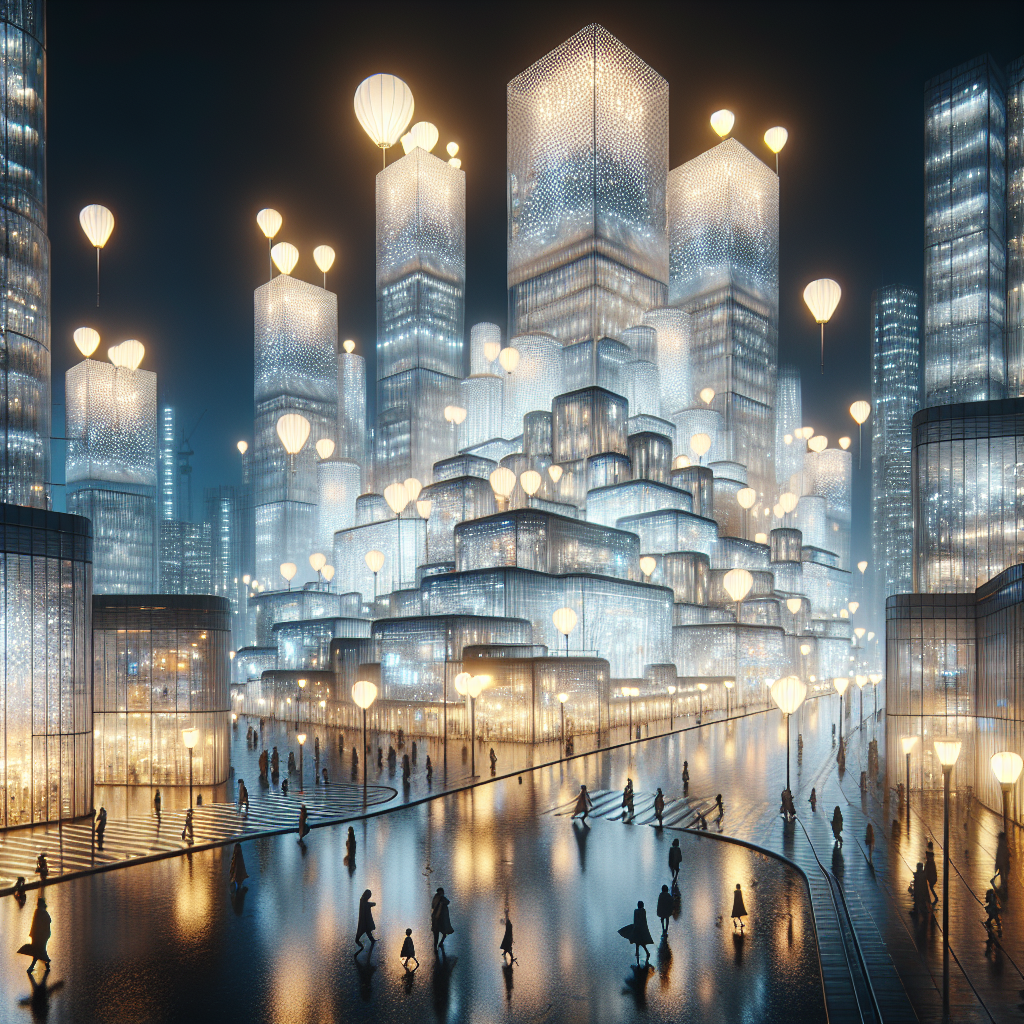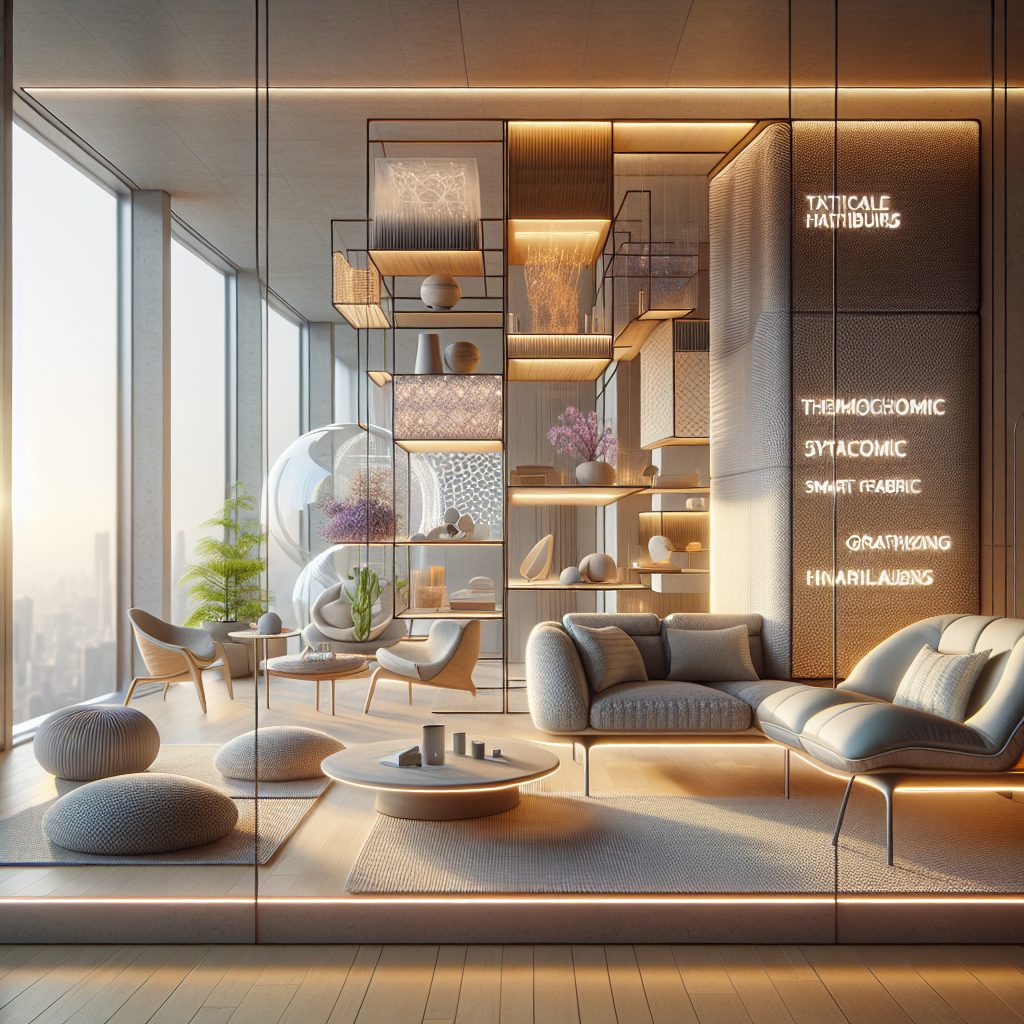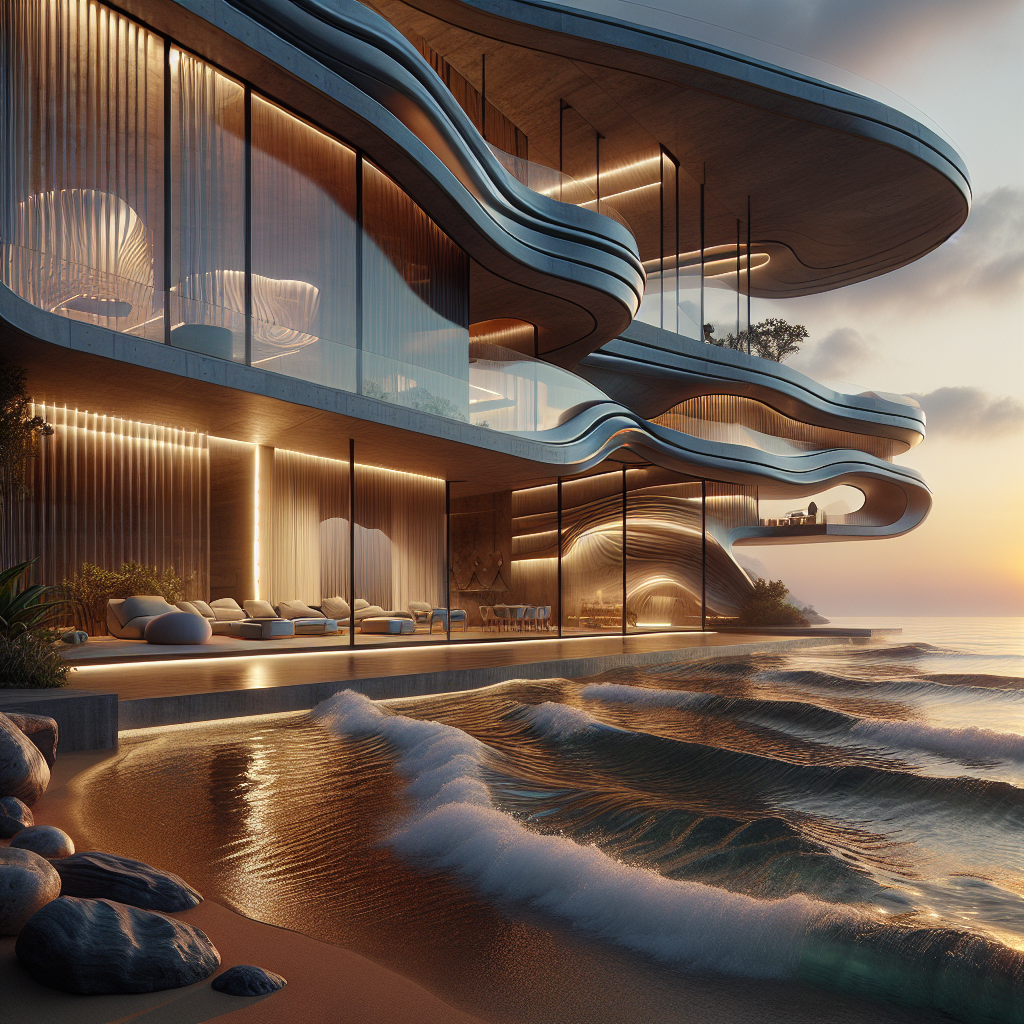Raspberry neon illusions: bridging retro and futuristic décor
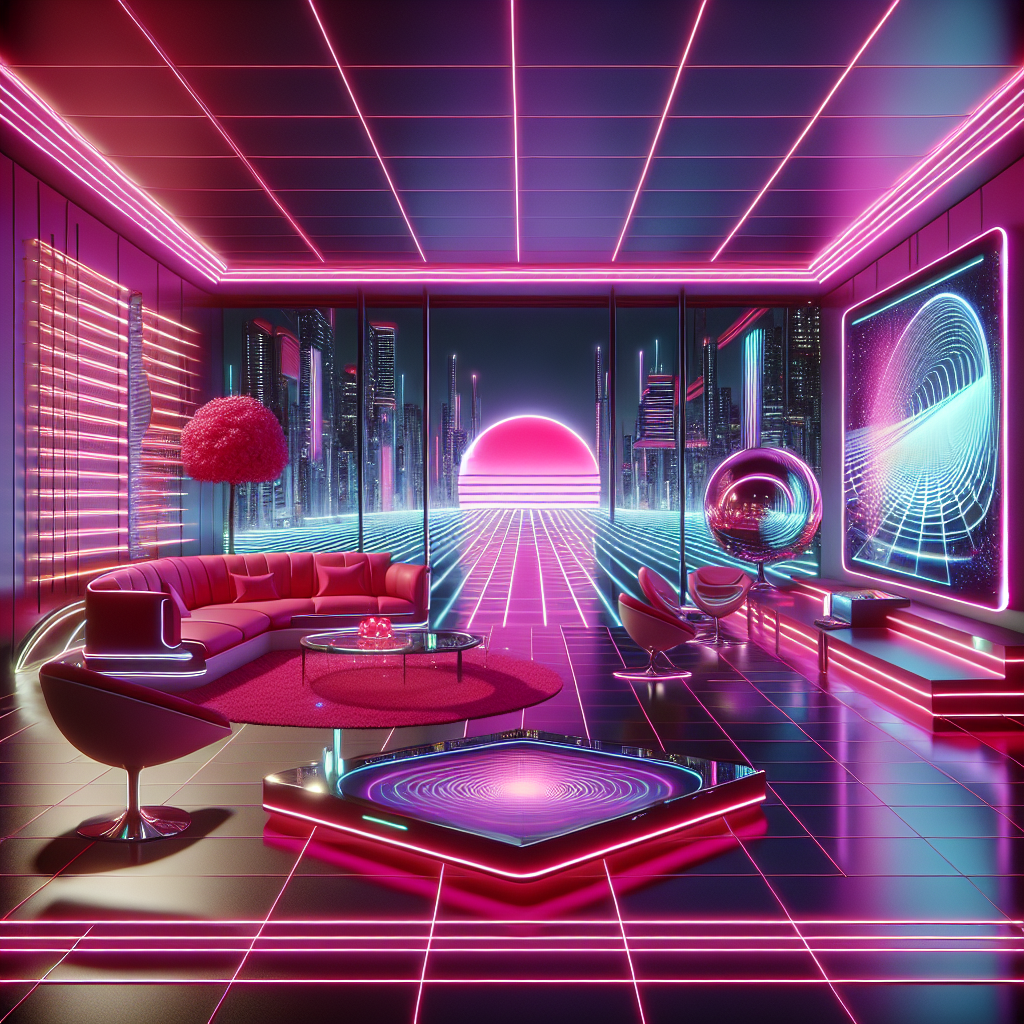
Raspberry Neon Illusions Bridging Retro and Futuristic Décor
Step into a room illuminated by a vivid, pulsating glow of raspberry neon lights, and you find yourself caught between two worlds—one nostalgic, reminiscent of the vibrant aesthetics of the 1980s, and the other strikingly futuristic, hinting at visions yet to unfold. The fusion of raspberry neon illusions with interior design is more than a mere decorative trend; it’s a statement, a bridge that connects the retro charm of the past with the sleek, innovative promise of tomorrow.
The Neon Renaissance: From Nostalgia to Futurism
Neon lighting, first introduced in the early 20th century, reached its peak popularity in the neon-lit diners and cinemas of the 1950s and 1980s. These vibrant lights, particularly in shades of raspberry and pink, symbolized optimism, innovation, and urban sophistication. Today, designers and architects are revisiting this iconic aesthetic, infusing it with modern technology to create spaces that evoke nostalgia while simultaneously pointing toward the future.
Raspberry neon hues, with their warm yet electrifying glow, are especially effective in creating optical illusions and immersive environments. They can alter perceptions of space, depth, and even time, making them a powerful tool in contemporary interior design. By strategically placing neon installations, designers craft illusions that captivate the senses, transporting inhabitants into surreal, dreamlike spaces.
Integrating Raspberry Neon into Contemporary Spaces
Designers today are increasingly experimenting with neon lights to transform interiors into experiential art forms. Restaurants, bars, hotels, and private residences alike embrace this trend, blending the vintage appeal of neon with futuristic minimalism. A prime example is the rise of retro-futuristic diners, where raspberry neon signs harmonize with augmented reality menus, creating an immersive dining experience that feels both familiar and avant-garde.
In residential interiors, raspberry neon accents provide striking contrasts against neutral or monochromatic backgrounds. Minimalist spaces, often characterized by clean lines and subdued palettes, benefit immensely from the addition of neon lights, which inject warmth, personality, and visual intrigue. This approach aligns with the broader trend of minimalist chic, emphasizing elegance through simplicity while adding a bold, playful twist.
Architectural Illusions: Neon in Spatial Design
Beyond interior decoration, raspberry neon illusions are reshaping architectural spaces themselves. Architects leverage neon’s ability to create illusions of depth and movement, transforming static structures into dynamic, interactive environments. Neon installations can manipulate perceptions, making spaces appear larger, smaller, or entirely otherworldly.
One notable example is the integration of neon lighting into kinetic facades. These dynamic architectural elements, detailed in our previous exploration of kinetic facades, utilize movement and light to adapt to environmental conditions. Raspberry neon, with its vibrant intensity, enhances these facades, turning buildings into living, breathing sculptures that respond to their surroundings.
Technology Meets Neon: Smart Integration
The resurgence of neon lighting is closely tied to advancements in technology. Modern neon installations often incorporate smart technology, allowing for customizable lighting schemes that adapt to user preferences or environmental factors. Smart home systems, as discussed in our article on smart home technology, enable seamless integration of neon lighting with other home automation features, creating personalized, responsive environments.
Furthermore, augmented reality (AR) and virtual reality (VR) technologies amplify the potential of neon illusions. Designers utilize AR to overlay digital neon elements onto physical spaces, enhancing the sensory experience without permanent alterations. This innovative approach opens new avenues for experimentation, blending physical and digital realities in unprecedented ways.
Sustainability and Neon: A Responsible Revival
As the design world increasingly prioritizes sustainability, the neon revival raises important questions about environmental impact. Traditional neon lighting, while visually stunning, involves gases and materials that pose environmental concerns. However, contemporary designers are addressing these issues by adopting energy-efficient LED neon alternatives, significantly reducing energy consumption and environmental footprint.
This responsible approach aligns with broader industry trends toward sustainability, as explored in our coverage of circular economy design. By embracing eco-friendly neon solutions, designers ensure that the raspberry neon trend remains not only visually captivating but also environmentally conscious.
Inspiration from Pop Culture and Art
The allure of raspberry neon illusions owes much to their prominence in popular culture, particularly in film and television. Iconic films like Ridley Scott’s “Blade Runner” and its sequel, “Blade Runner 2049,” extensively feature neon-lit urban landscapes, blending retro aesthetics with futuristic visions. Our previous analysis of Blade Runner 2049’s futuristic city design highlights how neon lighting contributes to the film’s distinctive visual identity, influencing contemporary design trends.
Artists and designers alike draw inspiration from these cinematic portrayals, translating neon-infused visions into tangible spaces. The resulting environments evoke emotional responses, nostalgia, and curiosity, resonating deeply with audiences seeking immersive, memorable experiences.
The Psychology of Raspberry Neon
Beyond aesthetics, raspberry neon lighting influences mood and perception. Color psychology suggests that shades of pink and raspberry evoke feelings of warmth, optimism, and creativity. When combined with neon’s luminous intensity, these hues stimulate the senses, enhancing emotional engagement within spaces.
Designers leverage this psychological impact to craft environments that inspire creativity, relaxation, or excitement, depending on the intended atmosphere. Whether in hospitality venues aiming to energize patrons or private residences seeking tranquility with a touch of vibrancy, raspberry neon proves versatile and impactful.
Future Perspectives: Neon Beyond Trends
While design trends often fluctuate, the integration of raspberry neon illusions into décor and architecture transcends mere fashion. Its unique ability to bridge past and future, nostalgia and innovation, ensures lasting relevance. As technology continues to evolve, neon’s potential for creative expression expands, promising exciting developments in design and architecture.
Designers, architects, and enthusiasts alike should embrace the raspberry neon revival, exploring its myriad possibilities to create spaces that captivate, inspire, and delight. By thoughtfully integrating neon illusions with contemporary aesthetics and sustainable practices, we can craft environments that honor the past while boldly illuminating the future.
To delve deeper into the fascinating history and science behind neon lighting, explore its origins and development on Wikipedia’s Neon Lighting page. Additionally, for insights into color psychology and its application in design, visit Wikipedia’s Color Psychology entry. Finally, discover more about augmented reality and its transformative impact on design at Wikipedia’s Augmented Reality article.
Raspberry neon illusions, with their compelling blend of retro charm and futuristic allure, are more than a fleeting trend—they represent a dynamic intersection of history, technology, and creativity, poised to shape the future of design and architecture.

